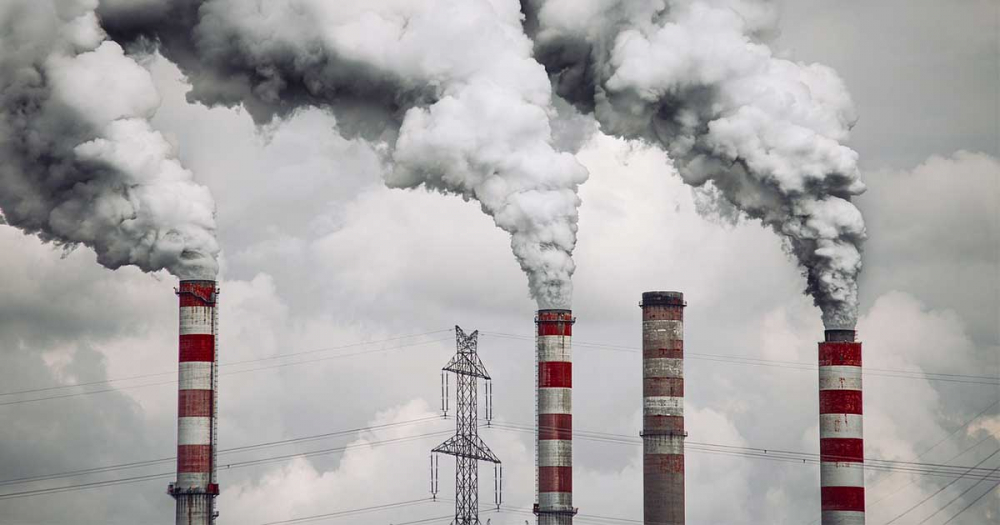For the first time in twenty years, the amount of crude oil produced in Hungary in 2024 exceeded 1 million tons, marking a 13% increase compared to the previous year. Natural gas production also rose by 7%, reaching 1.9 billion cubic meters in 2024, according to a report by the Ministry of Energy.
Domestic gas consumption has been significantly reduced in recent years, dropping from 10-11 billion cubic meters to 8.5 billion cubic meters. Thanks to increased production, the difference between domestic demand and the maximum capacity of our high-capacity gas storage facilities can now be largely covered by domestic resources.
The combined capacity of gas storage facilities (6.4 billion cubic meters) and domestic production is now almost sufficient to meet annual gas demand.
Similarly impressive figures are seen in the case of crude oil. For the first time in twenty years, Hungary's crude oil production has once again exceeded 1 million tons, a milestone last achieved in 2004. The 1.056 million tons produced in 2024 represent a 20% increase compared to 2020. The future looks promising, as the ministry has announced tenders for hydrocarbon exploration and production in eight new areas.
This achievement was made possible even as Hungary reduced its greenhouse gas (GHG) emissions by 31.6% between 2013 and 2023. Moreover, Hungary has legally committed to reducing GHG emissions by at least 40% by 2030 compared to 1990 levels. In 2023, domestic GHG emissions decreased significantly compared to the previous year, bringing the total reduction to 43% relative to the 1990 baseline. By 2023 and 2024, Hungary not only met but exceeded its 2030 emission reduction target.
Hungary has already achieved its 2030 climate goals by 2023. Additionally, surpassing Greece, Hungary has jumped to the top of the European rankings in solar energy production, as solar systems accounted for ¼ of domestic electricity production in 2024. The 25% domestic share is the best on the continent, ahead of Greece's 22% and Spain's 21%. By early 2025, Hungary had installed more than 7,550 megawatts of solar energy capacity, exceeding the previously estimated 2030 target by a quarter and representing a sixfold increase since 2018.
Four-fifths of the current installed capacity has been operational since 2020. Since 2022, domestic solar capacity has expanded by at least 1,200 megawatts. According to the new targets of the National Energy and Climate Plan, Hungary aims to reach 12,000 megawatts in the next decade. It is important to note that nearly 300,000 small-scale power plants, mostly installed in family homes, are already operating in the country.
Hungary's energy independence will be realized when the energy needs of households and businesses are primarily met by energy produced from domestic resources and power plants. At the same time, it is crucial to continue setting an example in meeting our climate and energy supply goals, as these adaptive capabilities can support sustained economic growth and sustainable development.



